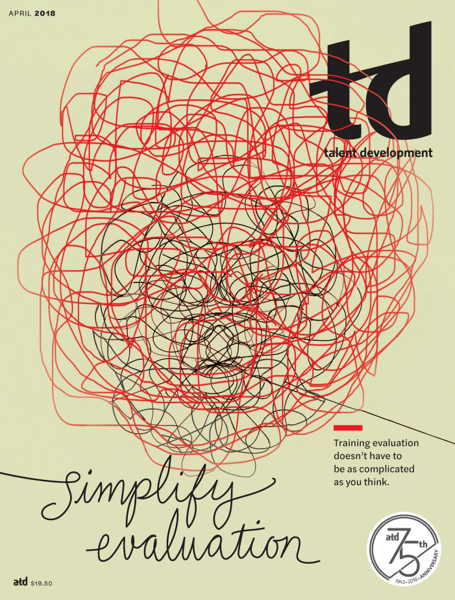TD Magazine Article
Member Benefit
A Customer-Centric State of Mind
Customer experience can make or break a company’s reputation and bottom line, so all employees must be trained on it.
SA
By
Mon Apr 02 2018
Loading...
Customer experience can make or break a company's reputation and bottom line, so all employees must be trained on it.
You've Reached ATD Member-only Content
Become an ATD member to continue
Already a member?Sign In

Advertisement
